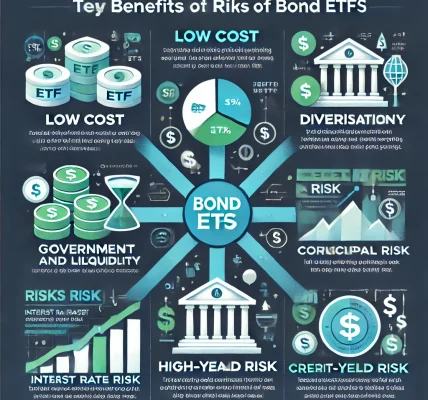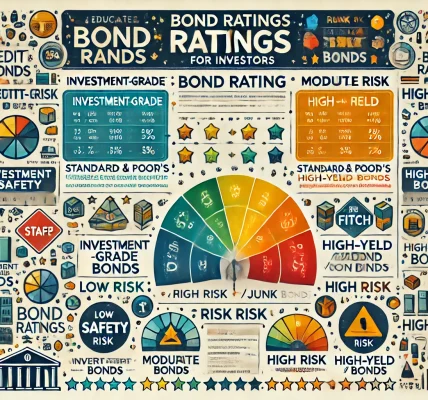Investing in bonds has long been a popular choice for individuals seeking stability and predictable returns. While bonds are often seen as a safer alternative to stocks, they come with their own set of advantages and challenges. This blog will explore the pros and cons of investing in bonds, helping you make informed financial decisions.
What Are Bonds?
Bonds are fixed-income securities that represent a loan made by an investor to a borrower (typically a corporation or government). In exchange, the borrower pays periodic interest and returns the principal amount at maturity.
Pros of Investing in Bonds
1. Stability and Predictable Income
Bonds offer a steady stream of income through regular interest payments (also known as coupons). This predictability makes them ideal for risk-averse investors or those seeking reliable cash flow.
2. Lower Risk Compared to Stocks
Government and high-quality corporate bonds carry lower risks compared to equities. They are less volatile and provide more certainty about returns, especially during economic downturns.
3. Portfolio Diversification
Adding bonds to a portfolio reduces overall risk. Since bonds and stocks often have an inverse relationship, bonds can help balance losses when equity markets are underperforming.
4. Tax Benefits
Certain bonds, such as municipal bonds, offer tax advantages. In many cases, the interest earned is exempt from federal and state taxes, making them attractive for high-income investors.
5. Preservation of Capital
For investors nearing retirement, bonds are a safer way to preserve capital while still earning modest returns. The principal amount is returned at maturity, providing financial security.
Cons of Investing in Bonds
1. Lower Returns
While bonds are safer, they generally offer lower returns compared to stocks. This can make them less appealing for younger investors seeking long-term growth.
2. Inflation Risk
Over time, inflation can erode the purchasing power of the fixed interest payments and principal repayment. This risk is particularly high for long-term bonds.
3. Interest Rate Risk
Bond prices are inversely related to interest rates. When interest rates rise, bond prices fall, potentially leading to capital losses if you sell before maturity.
4. Credit Risk
Corporate bonds carry the risk of default if the issuing company faces financial difficulties. Lower-rated bonds (junk bonds) offer higher yields but come with significantly higher risks.
5. Limited Liquidity
Certain types of bonds, especially municipal or less-traded corporate bonds, may have limited liquidity. This can make it difficult to sell the bonds at a fair price when needed.
Should You Invest in Bonds?
The decision to invest in bonds depends on your financial goals, risk tolerance, and time horizon. Here are a few considerations:
- Risk Tolerance:
- If you prefer low-risk investments, bonds are a suitable choice.
- Younger investors may want to allocate more to stocks for higher returns.
- Time Horizon:
- Bonds are ideal for short to medium-term goals.
- For long-term growth, a mix of bonds and equities is recommended.
- Income Needs:
- Retirees and individuals seeking regular income can benefit from bond investments.
Tips for Bond Investing
- Diversify Your Bond Portfolio: Invest in a mix of government, corporate, and municipal bonds to balance risk and returns.
- Monitor Interest Rates: Keep an eye on interest rate trends as they directly affect bond prices and yields.
- Check Credit Ratings: Always evaluate the creditworthiness of the bond issuer. Ratings from agencies like Moody’s or S&P can guide your decisions.
- Consider Bond Funds: For diversification and professional management, bond mutual funds or ETFs are good options.
Conclusion
Bonds can play a crucial role in a well-rounded investment strategy, offering stability, diversification, and regular income. However, understanding their limitations, such as inflation and interest rate risks, is essential. By carefully evaluating your financial needs and market conditions, you can leverage the benefits of bonds while minimizing their drawbacks.




